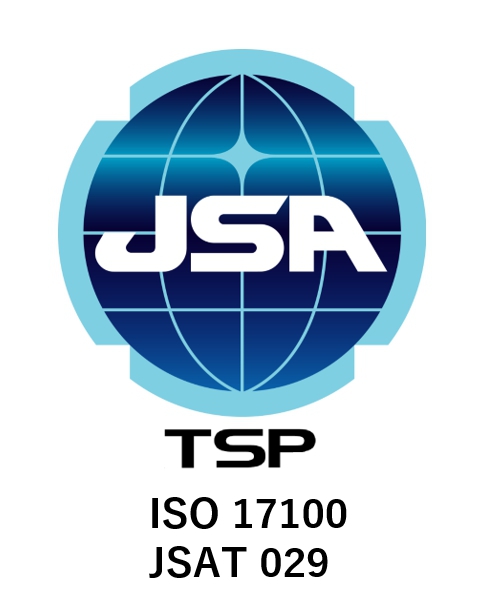Issue 01Translation takes too much time!
- Localization: HOME
- Search by Issue
- Translation takes too much time!
Translation takes too much time!
- We have to release all languages simultaneously.
- We need to translate a huge manual in a short amount of time.
- Frequent specification changes during development are impacting the translation time.
Human Science shortens the translation period
by applying our own tools and management methods.
Proposals
1. Proposing the shortest delivery times by upping the translation capacity
Human Science has more than 30 registered translators for each language. We adjust our team according to the workload and delivery deadlines.
Shortened Schedule Example

Translation System of Human Science
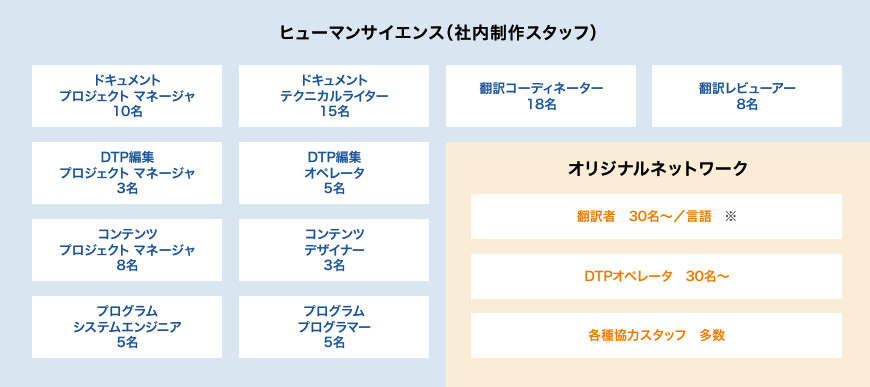
* English and Chinese: 60 people or more
2. Utilizing Groupshare TM to further shorten translation times
Translation by Multiple Translators - Utilizing Groupshare TM -
At Human Science, we utilize SDL's translation support tools, Trados and Groupshare TM, to further speed up our translation work.
Groupshare TM is a system for sharing translation databases (translation memories) and glossaries online. Allowing multiple translators and reviewers to work together and update the translation database simultaneously in real-time can shorten the translation period.
-
Before Implementation
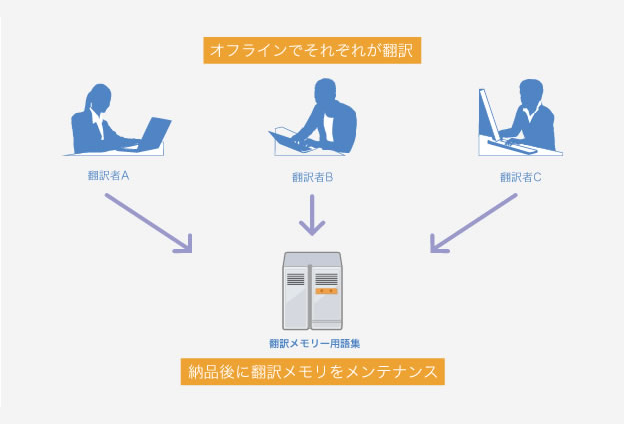
-
After Implementation
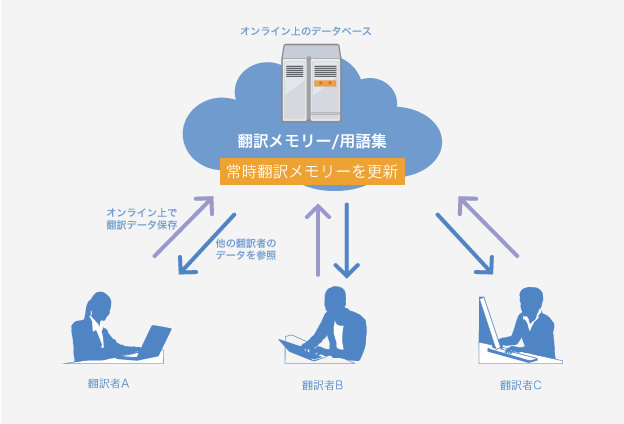
Benefits: Better Quality
Sharing translation databases (translation memories) and glossaries online can help prevent variance in terminology and expressions, even when multiple translators contribute to a project, thereby improving the quality.
3. Simultaneously Progressing in Japanese, English, and Other Languages for Smooth, Simultaneous Product Shipments
In recent years, specification changes have started occurring on the brink of delivery, and simultaneous shipment of products has become common.
Human Science facilitates simultaneous shipment of products by translating documents into English and other languages during the creation of the Japanese version.
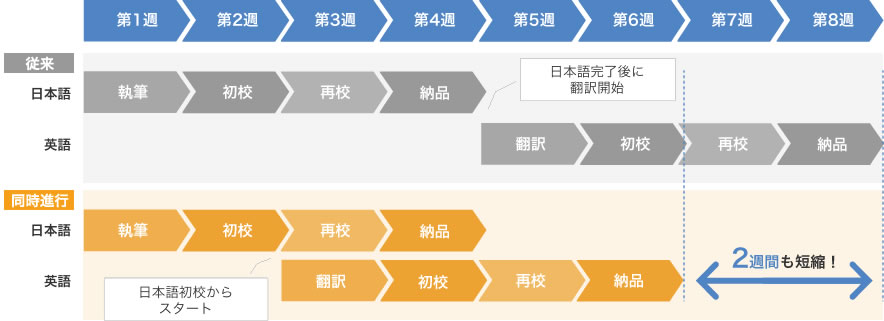
Human Science not only shortens the translation period, but also performs quality management to ensure that any changes to the Japanese specifications are reflected in the English and other language manuals.
- Using "differential management sheets" to manage specification changes in bulk.
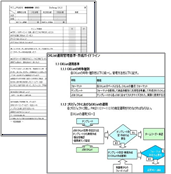 For each project, we create and utilize operation guidelines and checklists to ensure that changes to the Japanese manual are accurately reflected in the other language manuals.
For each project, we create and utilize operation guidelines and checklists to ensure that changes to the Japanese manual are accurately reflected in the other language manuals. -
Hosting "Regular meetings" and "Weekly progress reports" to give progress updates and share information with clients.



